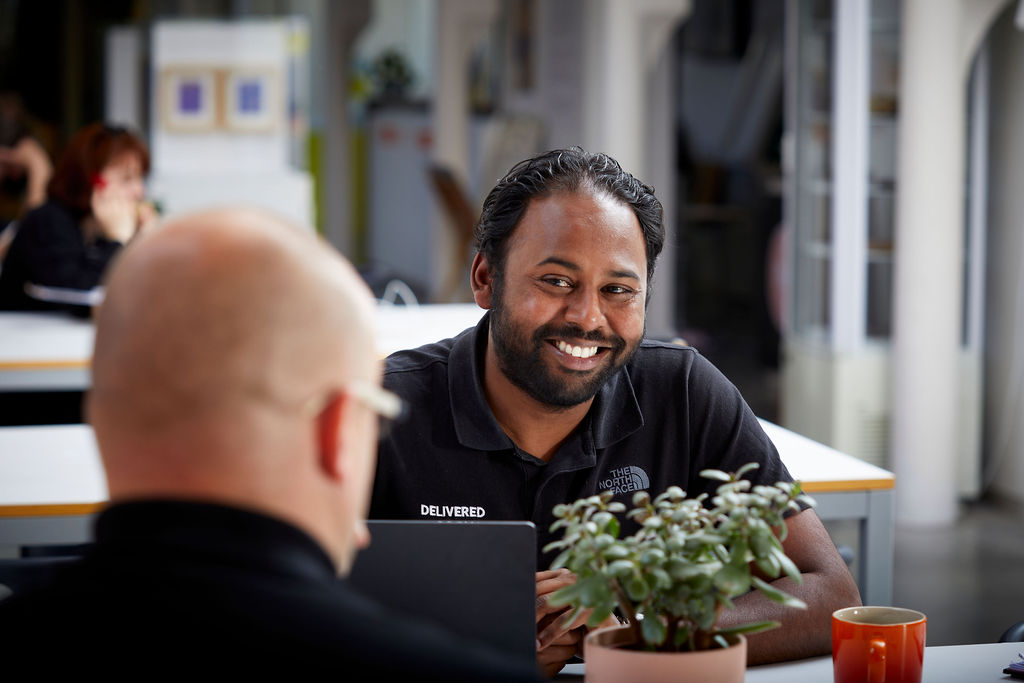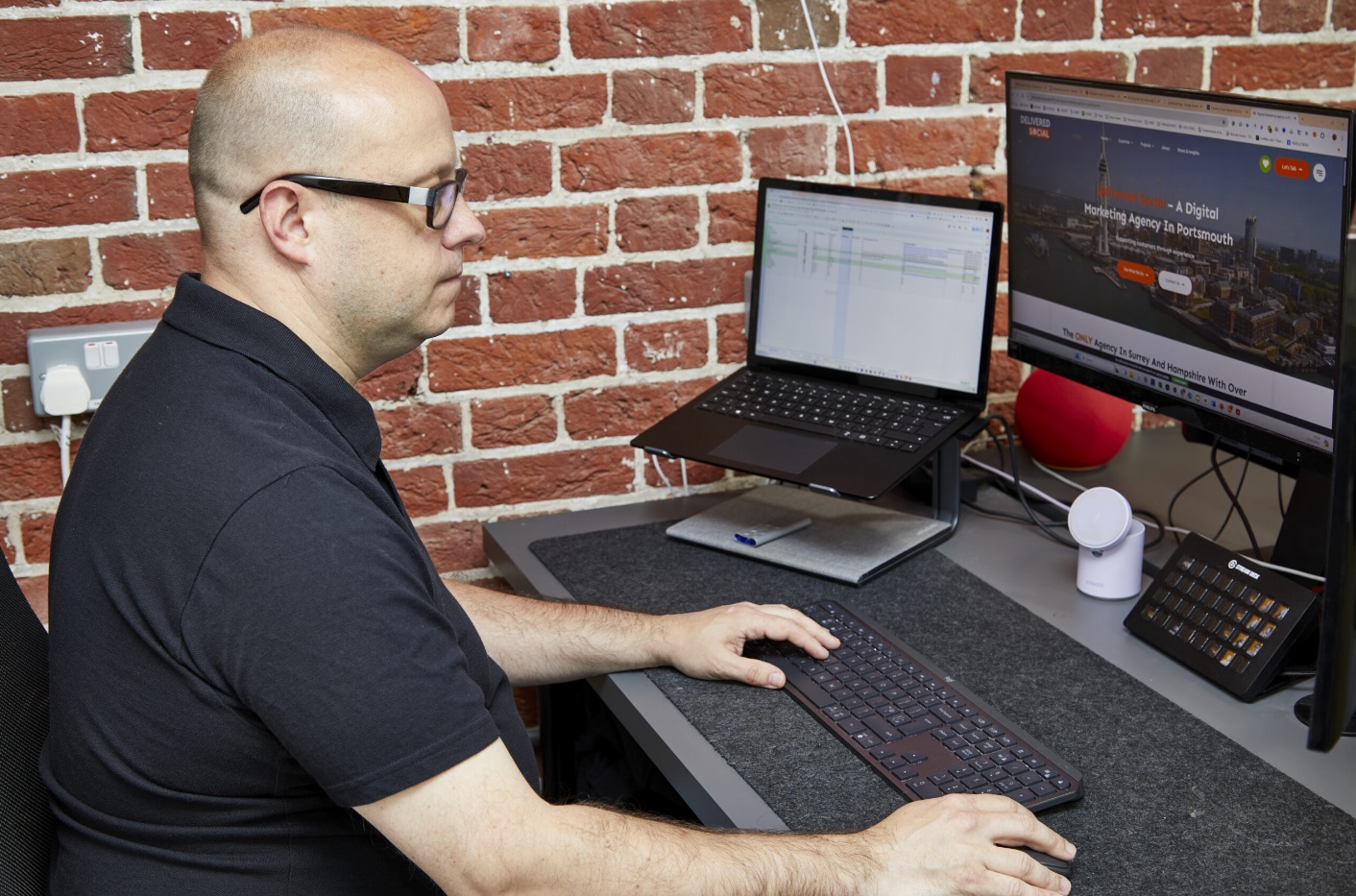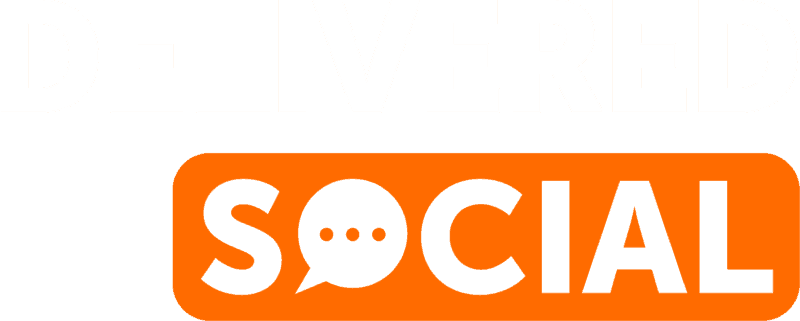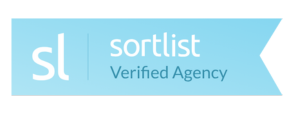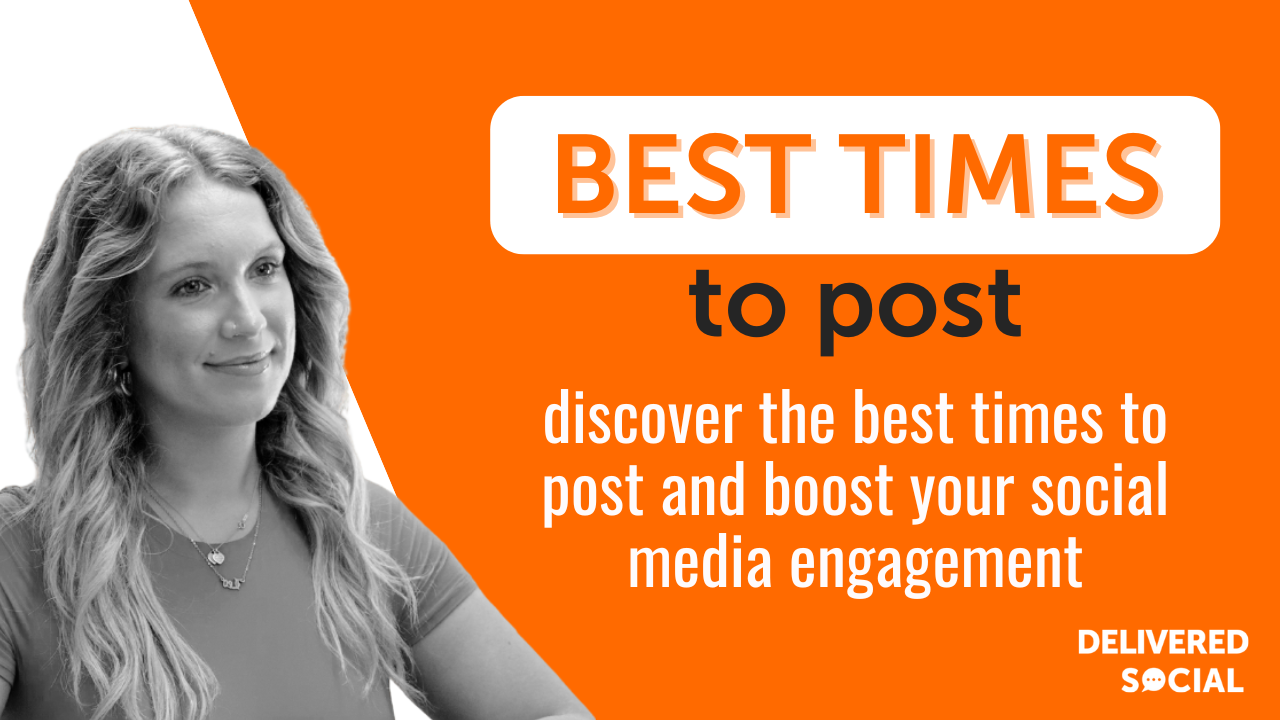
Posting on social media at random times can lead to low engagement, no matter how strong your content is. To get more likes, comments, and shares, timing matters just as much as the message. Knowing the best times to post helps you reach more people when they’re most active. Whether you’re managing a brand account or growing a personal profile, adjusting your schedule can make a real difference. This article breaks down the most effective posting windows across major platforms like Instagram, Facebook, LinkedIn, and Twitter – based on data and user behaviour – so you can plan smarter and improve your results.
Understand Your Audience’s Online Habits
Knowing when your followers log in and interact can help improve results. Different groups use social platforms at different times. Some check updates early in the morning, while others scroll during lunch or after dinner. To find out what works for your audience, start by tracking their behaviour over several weeks.
Begin by using platform tools like Instagram Insights, Facebook Analytics, or Twitter Analytics. These tools show when users engage with your posts the most. Look at days of the week and hours of the day with higher activity. Compare these patterns over time to spot regular habits.
Study how different types of content perform throughout the day. A video may get more views in the evening, while a poll might see better interaction during mid-morning hours. Test posting at different times to measure which slots drive more clicks, shares, or comments.
If you manage multiple accounts across platforms, analyze each one separately. Audiences on LinkedIn often behave differently from those on TikTok or Snapchat. Professionals may be active during office hours while younger users might engage late at night.
Also consider time zones if your followers live in various regions. Posting based on only one location could miss large parts of your audience elsewhere. Use scheduling tools to publish posts when global segments are most likely online.
Keep checking data regularly because user habits can shift due to seasons, events, or trends. Revisit analytics every month to fine-tune your timing strategy.
Finding the best times to post depends on real data about who follows you and how they act online—not guesswork or general rules shared by others.

Leverage Platform-Specific Peak Hours
Each social media app sees user activity rise and fall at different times. Knowing when people check each platform helps you reach more of them. Posting during these high-traffic periods can lead to better results without extra effort.
Instagram usually gets the most attention in the evening. Users often scroll through their feeds after dinner or before bed. This means posts shared between 6 PM and 9 PM often get more likes, comments, and shares. If your audience includes younger users or lifestyle followers, this window works well.
LinkedIn follows a different pattern. Since it’s used for professional networking, most visits happen during business hours—especially Tuesday through Thursday from 8 AM to noon. Avoid weekends and late nights here; fewer users log in outside working time.
Facebook traffic peaks around midday on weekdays, especially between 1 PM and 3 PM. People take short breaks from tasks and check updates during lunch or early afternoon hours. Use that break period for sharing important news or updates.
Twitter moves fast with real-time content, so timing matters more than on other sites. Early morning tweets around 8 AM tend to perform well as people catch up on news before starting their day. Late afternoon around 5 PM also shows strong engagement as users wind down from daily tasks.
TikTok has a younger crowd that’s active later in the day, especially after school hours or early evening—roughly between 7 PM and 10 PM works best here.
Understanding these patterns helps you choose the best posting times across platforms instead of guessing when your audience is online. Matching your schedule with peak usage gives your posts higher chances of being seen without needing extra promotion or budget boosts.
Use Analytics to Find the Best Times to Post
Check your social media analytics regularly. These tools show when your audience is most active. You can see patterns in user behavior based on days and hours. This helps you know when people engage with your content. Every platform offers its own data, so explore each one directly.
Start by looking at metrics like reach, impressions, and engagement rate. Focus on posts that performed well. Notice what time they were published. Compare them with lower-performing posts to spot differences in timing.
Facebook Insights, Instagram Insights, Twitter Analytics, and LinkedIn Analytics all offer time-based performance data. Use these tools to track how your posts perform across different hours or days of the week. Identify trends over a few weeks instead of relying on just one post’s outcome.
Segment your audience if possible. Different groups may be active at different times. For example, a younger group might scroll late at night while professionals might check during lunch breaks or early mornings.
Adjust your posting schedule based on this information rather than guessing or copying others’ routines. What works for one brand may not suit yours due to audience habits or location differences.
Export reports weekly or monthly for deeper review if needed. Use spreadsheets to organize post times alongside key stats like clicks and shares. This method helps you find connections between timing and response.
Over time, you will discover the best times to post for each platform and audience group you manage. Keep testing new slots as habits shift throughout seasons or events—what worked last month may not stay consistent forever.
Let analytics lead decisions about scheduling instead of assumptions or fixed calendars alone. Consistent analysis supports stronger results without extra guesswork or missed chances for visibility and interaction.
Experiment with A/B Testing
A/B testing helps you find out what posting times bring the most interaction. It works by comparing two or more time slots for sharing your content. You post the same content at different hours on separate days. Then, you look at how each post performs.
Start by choosing a single platform and one type of post — like a photo or a link. Post it at two different times on similar weekdays. For example, try 9 AM and 3 PM on Tuesdays for two weeks. Track likes, shares, comments, clicks, and views for each version.
Use tools from platforms like Facebook Insights or Instagram Analytics to collect data. These tools show which time got better results. If one slot gets more reactions than others, that may be one of your best times to post.
Repeat this process regularly with new posts. Trends can shift over weeks or months depending on your audience’s habits. A/B testing is not something done once — it needs to happen often so you stay up to date with behavior patterns.
Change only one factor during each test: the time of day you publish the content. Keep everything else — wording, image format, hashtags — exactly the same when possible. This avoids confusion in reading results.
Once enough tests have been done across several weeks or months, use that information to adjust your schedule moving forward. Focus more content during hours proven to draw higher activity levels.
By applying this method consistently across platforms like Twitter, LinkedIn, and TikTok as well as Instagram and Facebook, you build a stronger understanding of when people respond best to your updates without guessing or relying on general advice alone.
Consider Time Zones for a Global Audience
When your followers live in different countries, their online habits will vary. A post that works well at 9 a.m. in New York may not get attention in Tokyo or London. To keep engagement steady, you need to match your posting schedule with the local hours of each region.
Start by reviewing where most of your audience lives. Social media platforms offer insights that show follower locations and when they’re active. Use this data to group regions with close time zones together. Then, plan content for those blocks instead of using one universal time.
For example, if you have users in both Los Angeles and Berlin, there’s a nine-hour difference between them. Posting once based on your own time zone could miss half your followers while they sleep or focus on other tasks during their day. Instead, set up posts to go out during morning or lunch breaks in each region.
Using scheduling tools helps maintain this approach without manual effort every day. Many platforms allow automatic publishing based on user activity patterns and regional settings.
Also test different times regularly to see which slots bring better results from each area. What works one month might not stay effective later due to changes in habits or seasons.
Tracking performance by location can help adjust future content delivery more precisely. Over time, this leads to stronger interaction rates because people see posts when they’re most likely to click or share.
Understanding the best times to post means thinking beyond just one clock or calendar. It’s about reaching people when they’re ready—not just when you’re available—no matter where they live around the world.
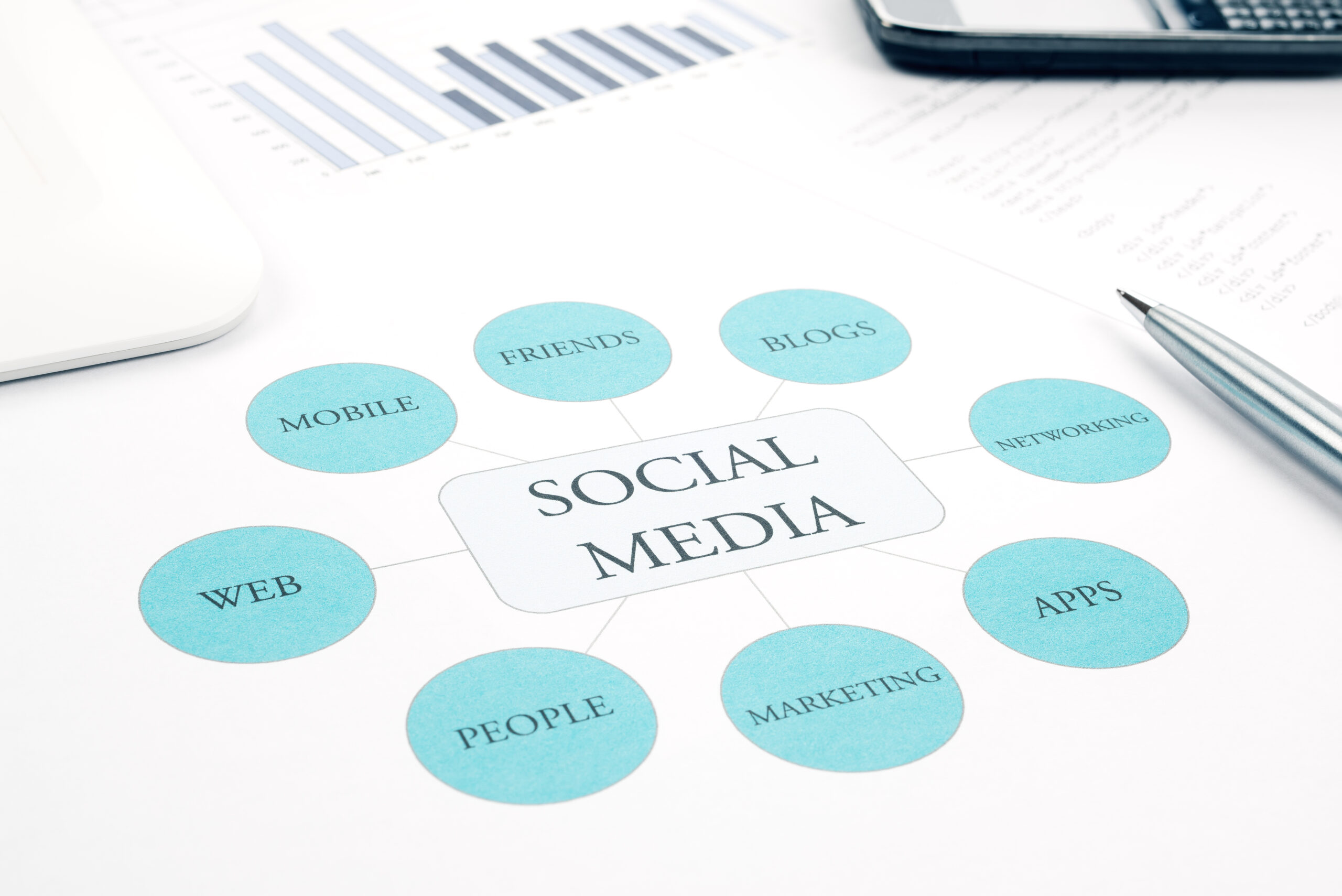
Stay Consistent with Your Posting Schedule
Posting regularly helps your audience know when to expect new content. When people see updates from your account at the same times each day or week, they start to follow your pattern. This builds trust and keeps your name visible in their feed.
A steady routine also helps you measure results better. If you post randomly, it’s harder to track what works. But if you keep a schedule, you can compare how different times perform over weeks or months. This lets you adjust based on real data rather than guessing.
Your posting plan should match the habits of your followers. Some people check social media early in the morning before starting their day. Others scroll during lunch or after dinner. Use insights from each platform to learn when your audience is most active. Then stick with those windows as part of your regular plan.
Consistency also supports growth over time. When accounts post often and at expected times, they tend to get more likes, shares, and comments compared to those that post without a clear pattern. Platforms reward this behavior by showing consistent posts more often in feeds.
Even if you’re sharing strong content, irregular timing can reduce its impact. People may miss it if they’re not online when it’s posted — especially if you’re not using the best times to post for engagement.
Use scheduling tools if needed so you don’t have to be online every time manually. Tools help keep things running even on weekends or holidays when you’re away from the screen.
Staying consistent doesn’t mean posting too much either — quality still matters more than quantity. Focus on reliable timing and useful content that meets what your audience expects from you each week or month across platforms like Instagram, Facebook, LinkedIn, or X (formerly Twitter).
Maximise Engagement by Posting with Precision
Understanding when your audience is most active is essential to driving higher engagement across social media platforms. By analyzing user behaviour, leveraging platform-specific peak hours, and using analytics tools, you can identify the best posting times for maximum visibility. Incorporating A/B testing and accounting for different time zones further refines your strategy, while maintaining a consistent posting schedule ensures long-term growth. Mastering these elements not only boosts reach but also strengthens audience connection. Stay data-driven and adaptable—your ability to pinpoint the best times to post can make all the difference in achieving measurable social media success.
Interested In Working Together?
Introducing Delivered Social. We’re The Most-Rated Digital Agency In Surrey & Hampshire – We’ve Got To Be Doing Something Right.
Delivered Social is a digital marketing agency with one mission—to help businesses grow. We’re famous in Guildford and Portsmouth for our social clinics. We believe in free advice. We build lasting relationships because our team prides itself on being helpful, which our clients appreciate.
If you are looking for a new website or an agency to manage your social media presence, we can help.
If you need something slightly different, here's a super handy list of all our services, or you can always email us.

